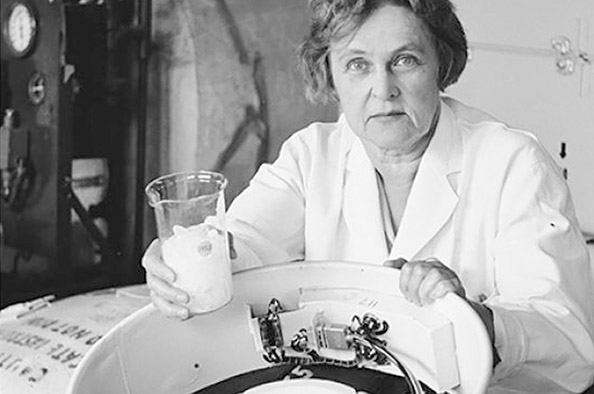 The world is facing a climate crisis. The emphasis on alternative sources of energy and renewable sources of energy are taking centre stage. There is also a push to make everything more energy efficient and to reduce our energy requirements. There is much research on energy efficient buildings. It is tragic that there are still people who deny that global warming, global heating, to be precise, is a fact.
The world is facing a climate crisis. The emphasis on alternative sources of energy and renewable sources of energy are taking centre stage. There is also a push to make everything more energy efficient and to reduce our energy requirements. There is much research on energy efficient buildings. It is tragic that there are still people who deny that global warming, global heating, to be precise, is a fact.
Imagine then, that a house was built in the 1940s as a part of a long-term research project of the Massachusetts Institute of Technology (MIT), for tapping solar energy for humans. Around the same time a house called the Dover Sun House was also built that was slightly different from these solar houses. This was sponsored by sculptress and heiress Amelia Peabody.
The heating technology used in the storage device of this house used Glauber salts (sodium sulphate decahydrate) and not water as the other MIT sun houses did. The solar collector had two layers of plate glass. The gap between the two was filled with air. At the back of these was a sheet of black metal. This was mounted on the south facing wall. The air warmed by the sun was circulated into heat bins containing a metal drum filled with Glauber salts. The warm air around the drums melted the salt. This stored heat at a constant temperature. When the temperature of air dropped the molten salt recrystallized and released the absorbed heat. This house was designed by architect Eleanor Raymond and the heating unit was designed by Dr Maria Telkes, an assistant in the department of metallurgy at MIT.
Mária Telkes was a Hungarian-American biophysicist, scientist, and inventor. She was born in 1900, in Budapest, Hungary. Her parents were Aladar Laban de Telkes and Maria Laban de Telkes.
Maria attended school in Budapest. She then studied at the University of Budapest and graduated with a BA in physical chemistry in 1920 and obtained a PhD in 1924. She then moved to the United States in 1925.
She got a job at the Cleveland Clinic Foundation to investigate the energy produced by living organisms. While working at the foundation, under the leadership of George Crile, Telkes and Crile invented a photoelectric mechanism that could record brain waves. They also worked on writing a book – Phenomenon of Life.
From 1939 to 1953, she was involved in solar energy research at MIT. She is considered one of the founders of solar thermal storage systems, earning her the nickname “the Sun Queen”.
During World War II, the United States government, recruited Telkes to serve as a civilian advisor to the Office of Scientific Research and Development (OSRD). There, she developed a solar-powered water desalination machine. It came to be one of her most notable inventions because it helped soldiers get clean water in difficult situations. It also helped in solving the water problem in the US Virgin Islands.
Apart from these, she was a prolific inventor. Her inventions included a miniature desalination unit (solar still) for use on lifeboats. It used solar power and condensation to collect potable water. It saved the lives of pilots and sailors who would have been without water when lost at sea.
She was asked to develop a solar oven and got a grant of $45,000 from the Ford Foundation. The criteria for this project were that the oven should be able to heat to 350 °F (~176 °C) and be easy to use. The result worked even better than anticipated. It was useful for Native Americans in remote reservations in the US. There were safety features such that children could use them too. She also invented a better way for farmers to dry their crops using the same technology. This technology was extremely important for society as a whole and is in use till today. In 1980, she helped the US Department of Energy to develop and build the first fully solar-powered home. She received multiple awards for her work, and over her career, she was granted more than twenty patents. She was inducted into The National Inventors Hall of Fame
She died in Budapest, Hungary during her first visit to her hometown in 70 years.
Article by J L Anil Kumar, Senior Consultant, LexOrbis
First published in Lexology



